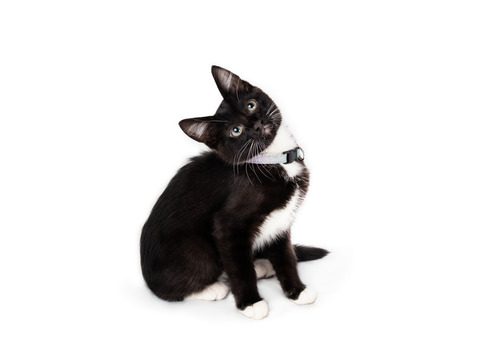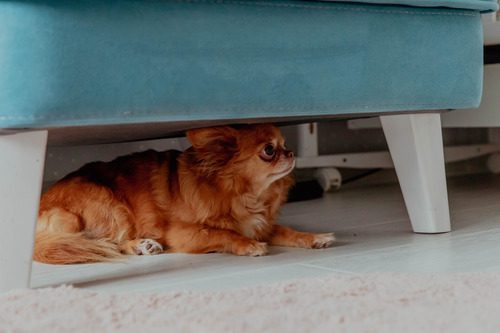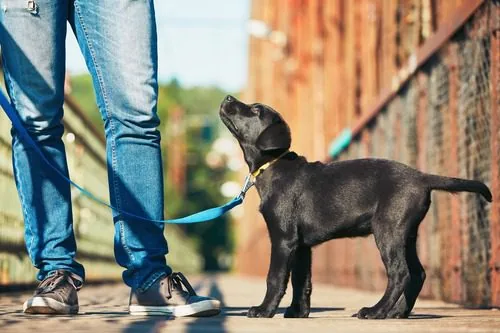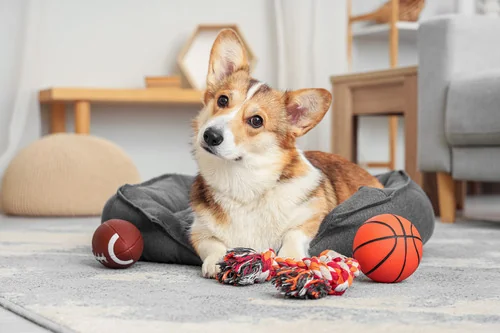Cat Body Language: What Your Feline Friend is Trying to Tell You
Cats may not speak with words, but they communicate every day through posture, movement, and expression. If you’ve ever wondered what a flicking tail or a slow blink means, you’re not alone. Cat body language is a fascinating and complex system that reveals how your feline friend feels in any given moment. From the tilt of their ears to the way they curl up on the couch, every signal has meaning. By learning to interpret cat body language, you can strengthen your bond, reduce misunderstandings, and create a more harmonious home.

Why Understanding Cat Body Language Builds Trust
Cat body language is often subtle, but it speaks volumes. Unlike dogs, who tend to display emotions more openly, cats express themselves in quieter ways. They rely heavily on their bodies to show happiness, fear, curiosity, or irritation. When you learn to read these signals, you’re better equipped to respond appropriately, whether that means offering affection, giving space, or engaging in play.
For pet owners in Terre Haute, IN, being in tune with cat body language can make everyday life more enjoyable. Instead of guessing what your cat wants, you’ll understand their needs in real time. This awareness helps you respect their boundaries and deepen your connection, which often leads to a happier and more confident cat.
The Tail: A Key Indicator in Cat Body Language
A cat’s tail acts like a mood barometer. Every twitch, flick, and curl adds context to what your cat is feeling.
Tail Held High
One of the most positive signs in cat body language is a tail held straight up. This upright position shows confidence, happiness, and approachability. Often, the tail tip may curve slightly, almost like a friendly wave. Cats that greet you at the door with this posture are expressing warmth and affection.
Tucked or Wrapped Tail
When a cat tucks its tail close to the body or wraps it tightly around itself, it often signals anxiety, insecurity, or submission. Cats may use this posture in unfamiliar environments or when they feel unsure about a situation.
Twitching and Swishing
A slow, rhythmic swish often signals focus, such as when your cat spots a bird outside the window. However, rapid tail flicking or strong swishes typically reveal frustration or agitation. Recognizing this shift in cat body language can help you avoid overstimulation or unwanted conflict.
Ears, Eyes, and Expressions in Cat Body Language
Cats use their ears, eyes, and facial muscles to add nuance to their communication. These subtle shifts are important for interpreting cat body language accurately.
Forward and Upright Ears
Ears pointing forward show alertness and curiosity. Your cat is likely engaged with its surroundings, exploring sounds, or focusing on something of interest.
Flattened or Sideways Ears
When ears flatten against the head, your cat is uncomfortable, frightened, or defensive. This posture often pairs with growling, hissing, or a low stance, signaling a strong desire for space.
The Meaning of Eye Contact
Cats communicate a lot through their eyes. A direct, unblinking stare can feel threatening to them, especially if held for too long. By contrast, slow blinking is one of the most heartwarming signals in cat body language. Often called a “cat kiss,” this gesture reflects trust and relaxation. Many cats will return the gesture if you slow blink at them first.
Posture and Movement: The Bigger Picture of Cat Body Language
The way a cat positions its body tells you much about its emotional state. Posture works in combination with tails, ears, and facial expressions to create a complete picture.
Relaxed Body Positions
A cat stretched out on its side with paws loose and body extended feels comfortable and secure. Another common relaxed pose is lying belly-up, which reflects total trust. However, belly exposure doesn’t always mean an invitation for petting. Many cats simply find it a comfortable way to rest.
Arched Back and Raised Fur
This dramatic stance—often seen during play or when startled—makes the cat appear larger. It’s a defensive signal in cat body language that usually indicates fear or a readiness to defend themselves.
Crouching and Low Posture
A crouched cat may be preparing to pounce in play or observing carefully before taking action. However, if the cat’s body is tense and ears are pinned, the posture often points to stress or unease.
How Cats Combine Sounds and Body Language
Although this blog focuses on cat body language, vocal cues add important context. Cats rarely use one form of communication alone. Instead, they pair sounds with body signals for clarity.
Purring and Relaxation
A purring cat with a relaxed posture, half-closed eyes, and loose body signals contentment. This combination of sound and body language is one of the clearest signs of happiness.
Hissing and Growling
When a cat hisses with flattened ears, wide eyes, and puffed fur, they’re sending a clear warning. This defensive body language communicates that the cat feels threatened and wants distance.
Chirps and Trills
These friendly sounds often accompany upright posture and a tail held high. They are greeting signals in cat body language, inviting positive interaction.
Cat Body Language During Play
Play is more than fun. It’s also a chance to observe how cats communicate excitement and boundaries.
Playful Hunting Signals
When cats crouch, wiggle their hind legs, and pounce, they mimic hunting behavior in a safe, playful context. Their movements are quick but loose, and their overall body language reflects high energy rather than aggression.
Recognizing Overstimulation
Overstimulation is a common challenge during play. Signs include rapid tail flicking, sudden ear flattening, or unexpected swatting. By pausing at these moments, you respect your cat’s limits and prevent frustration.
Common Misunderstandings in Cat Body Language
Even experienced cat owners sometimes misinterpret signals.
Belly-Up Doesn’t Always Mean Belly Rubs
While dogs often invite belly rubs, many cats don’t. A cat showing its belly may simply feel secure. Forcing interaction at this point can break trust.
Slow Blinks as Affection
Some owners mistake slow blinks for drowsiness. In reality, this gentle signal in cat body language shows deep comfort and trust.
Tail Flicks Misread as Playfulness
A wagging dog tail usually signals friendliness, but in cats, tail flicks often show irritation. Recognizing this difference prevents unwanted conflict.
Strengthening Your Bond Through Cat Body Language
Learning to read cat body language isn’t just about avoiding scratches or respecting space, it’s about creating a richer, more rewarding relationship. When you understand your cat’s signals, you can adjust your interactions in ways that build trust. This awareness can also help reduce stress in multi-pet households or when introducing new environments.
At Brown Veterinary Hospital in Terre Haute, IN, we know how important your relationship with your cat is. If you’d like guidance on understanding your cat’s unique behavior, our team is glad to help. Call 812-645-0715 or book an appointment online to schedule a visit and learn more about what your feline friend may be trying to tell you.
Recent Posts
About Brown Veterinary Hospital
We are here to serve as your partner in keeping your four-legged family member healthy, ensuring you have all the tools you need to provide them with a lifetime of outstanding care. Our animal hospital in Terre Haute offers a full range of services to nurture and extend your pet’s life, from wellness and preventative care to critical care, exotic pet care, and dermatology.





